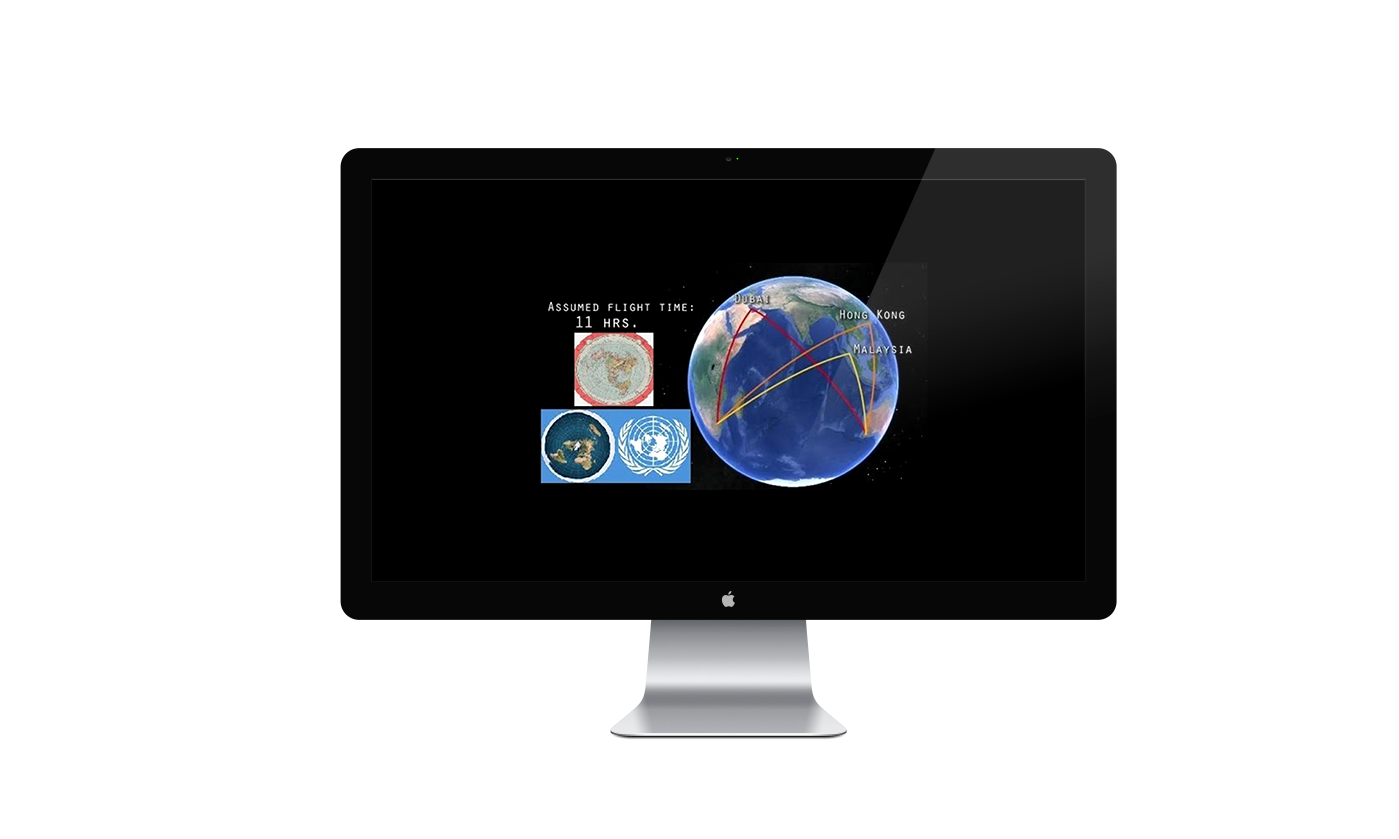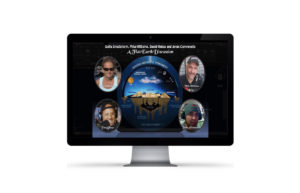The Quick Study
If you believe in the GLOBE Earth then you have two maps to choose from. The Peter’s Projection or the Mercator Projection? If you simply choose to say “Well, I use the Google Map because that’s the true map”, I have news for you. Google Maps uses the Mercator Projection and Google Earth uses the Peter’s projection.
At least in the FLAT EARTH we know that our map is not 100% accurate, so please, if you believe in the GLOBE EARTH, stop pretending that you have a 100% proven map or any other proof. Perhaps your “Science” is more of a Pseudo-science.
The Gall Peter’s Projection

The Gall–Peters projection, named after James Gall and Arno Peters, is one specialization of a configurable equal-area map projection known as the equal-area cylindric or cylindrical equal-area projection. It achieved considerable notoriety in the late 20th century as the centerpiece of a controversy about the political implications of map design.
Maps based on the projection are promoted by UNESCO, and they are also widely used by British schools.[1]
The Gall–Peters projection was first described in 1855 by clergyman James Gall, who presented it along with two other projections at the Glasgow meeting of the British Association for the Advancement of Science (the BA). He gave it the name “orthographic” (no relation to the Orthographic projection) and formally published his work in 1885 in the Scottish Geographical Magazine.[5]
The name “Gall–Peters projection” seems to have been used first by Arthur H. Robinson in a pamphlet put out by the American Cartographic Association in 1986.[6] Before 1973 it had been known, when referred to at all, as the “Gall orthographic” or “Gall’s orthographic.” Most Peters supporters refer to it only as the “Peters projection.” During the years of controversy the cartographic literature tended to mention both attributions, settling on one or the other for the purposes of the article. In recent years “Gall–Peters” seems to dominate.
The Mercator Projection

The Mercator projection is a cylindrical map projection presented by the Flemish geographer and cartographer Gerardus Mercator in 1569. It became the standard map projection for nautical purposes because of its ability to represent lines of constant course, known as rhumb lines or loxodromes, as straight segments that conserve the angles with the meridians. Although the linear scale is equal in all directions around any point, thus preserving the angles and the shapes of small objects (which makes the projection conformal), the Mercator projection distorts the size of objects as the latitude increases from the Equator to the poles, where the scale becomes infinite. So, for example, landmasses such as Greenland and Antarctica appear much larger than they actually are relative to land masses near the equator, such as Central Africa.










Leave a Comment
You must be logged in to post a comment.